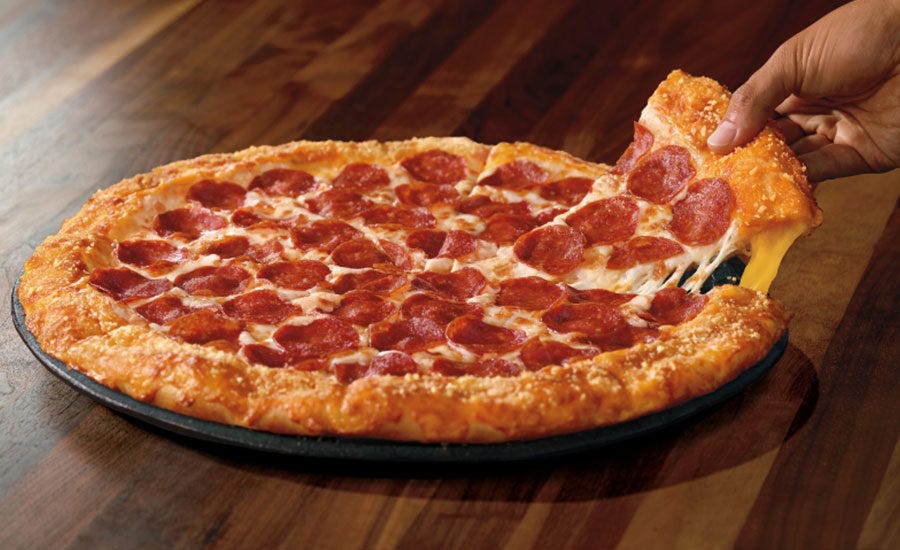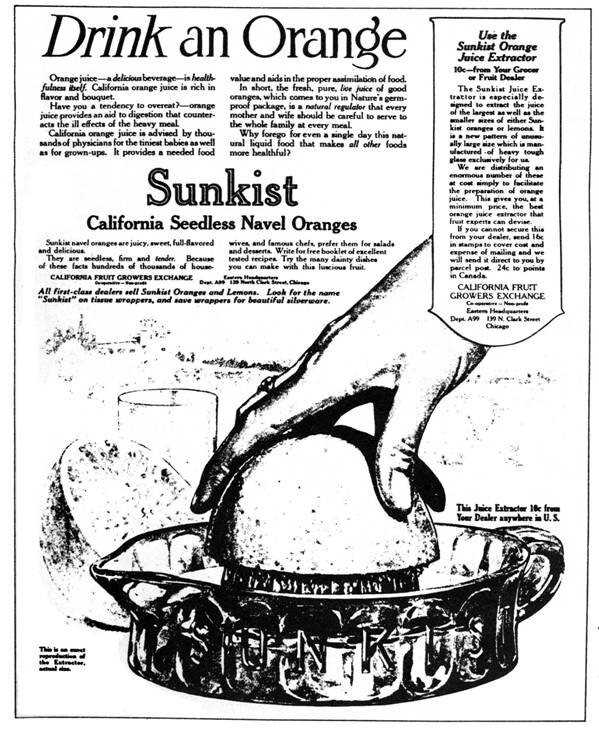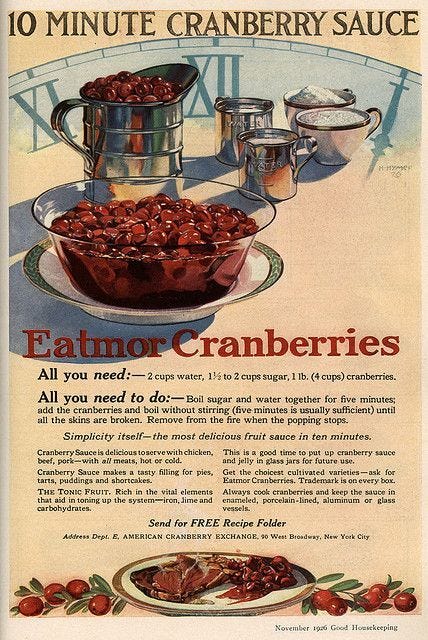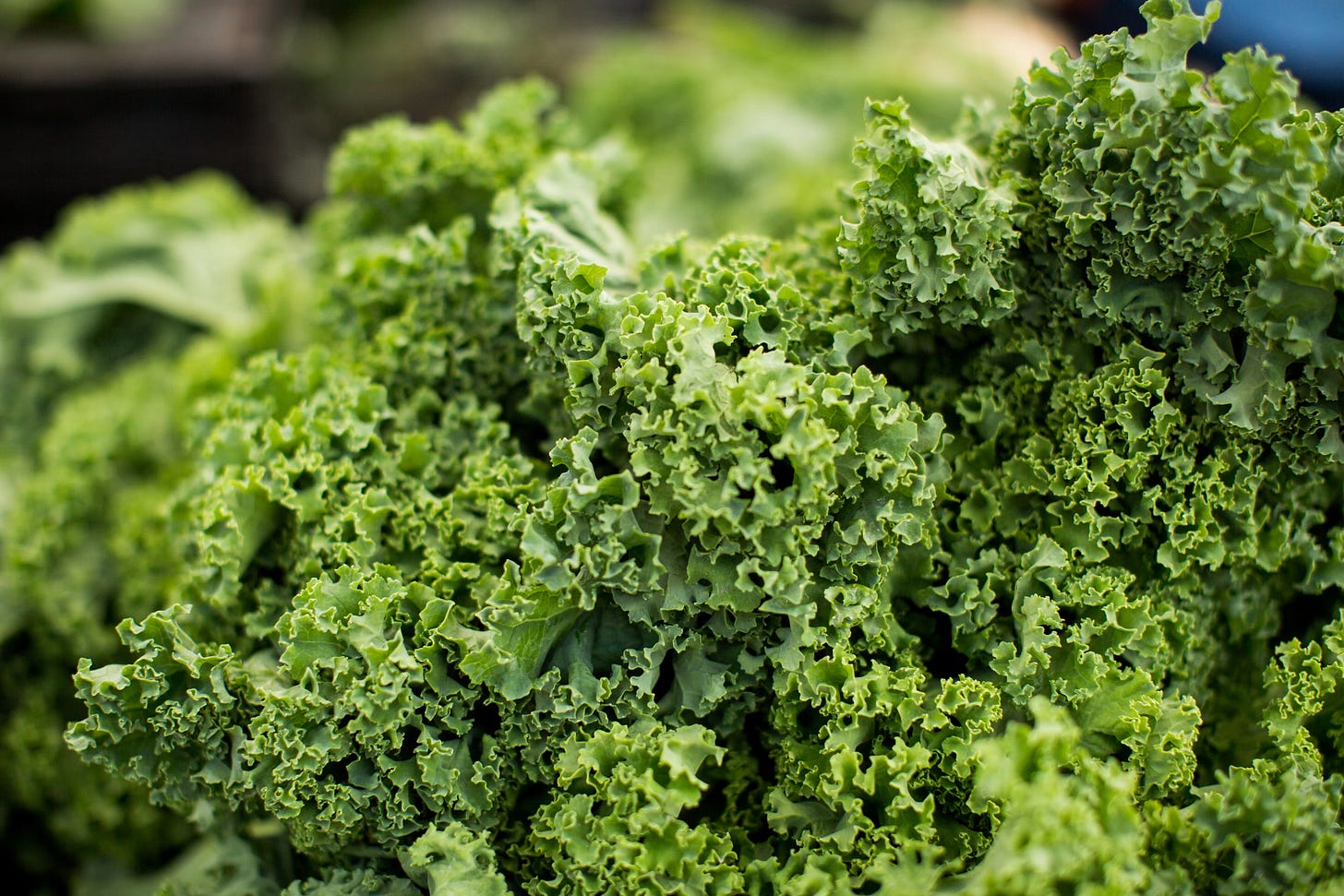Who do you think invented the Stuffed Crust Pizza?
And How Marketing Made These Fruits and Veggies Mainstream Hits
Pizza Hut's popular Stuffed Crust Pizza was not just a crafty menu innovation - it was part of a stealthy plan by the dairy industry to unload its massive cheese surplus. The cheesy stuffed crust that oozes melted cheese had an unseen ally: the National Dairy Promotion and Research Board, overseen by the US Department of Agriculture.
This powerful dairy lobby group provided Pizza Hut with consumer research and food science expertise to develop extraordinarily cheesy pizzas. Their goal was to find new ways to incorporate America's mounting cheese glut into irresistible fast food creations.
The result? A runaway success that unloaded over 100 million pounds of dairy industry cheese onto Pizza Hut's decadent new pies. Stuffed crust pizza was just one of many fast food innovations designed by the dairy lobby aiming to disguise the enormous oversupply of milk plaguing the nation's farms. Extra-cheesy items help unload excess dairy production while keeping prices from plunging.
That crunchy kale salad or sweet orange juice you enjoyed today have some brilliant marketing campaigns to thank. While vegetables and fruits offer great nutrition, many were obscure or unappreciated before marketing magic catapulted them to widespread popularity.
Clever branding and promotion turned the following overshadowed produce into common household staples.
The Alluring Orange
In 1916, the orange was seen as a luxury Christmas gift, not an everyday food. But California-based Sunkist Growers wanted to boost year-round consumption. Through catchy slogans like “Drink an Orange”, they marketed oranges as a health food full of vitamin C. By the 1930s, orange juice was a breakfast necessity, thanks to ads touting energy and nutrition. Sunkist also popularized the Valencia orange, whose thin skin and lack of seeds made it perfect for juicing.
The Noble Cranberry
In the 1910s, cranberries were called “cape berries” and considered fodder for livestock. But Massachusetts grower Elizabeth Lee convinced her husband to market them to housewives. Recipes, radio ads, and slogans like “Serve cranberry sauce with poultry and game” transformed cranberries into a holiday must-have. Today, 20% of cranberries are sold during Thanksgiving. Ocean Spray’s 1930s partnership with General Foods ramped up mass production.
The Humble Broccoli
Broccoli was virtually unknown in the U.S. until two Italian brothers brought seeds to California in the 1920s. To get Americans excited about the unfamiliar vegetable, they labeled it “Italian asparagus” and promoted recipes. Farmers soon realized broccoli’s health benefits and ease of shipping. Dole Fresh Vegetables launched an “Eat Your Broccoli” ad series in 1926. Today, each American eats over 6 pounds of broccoli a year!
Kale’s Comeback
While a staple of medieval Europe, this leafy green fell out of favor for centuries. Mostly fed to farm animals in the 1900s, kale’s revival is thanks to marketing that rebranded it as a “superfood”. With help from social media and celebrity endorsements, it became the darling of upscale restaurants by the late 2000s. Kale even inspired riotous new dishes like kale chips, kale salad, and kale pizza crust. Farmers markets expanded offerings, and consumption skyrocketed to over 9 pounds annually per person.
Avocado Obsession
Native to Mexico, avocados were exotic imports to the U.S. until the California Avocado Growers Exchange formed in 1924. They pioneered refrigerated international shipping and branded avocados as nutritious and delicious by sponsoring recipe contests. But avocados didn’t gain mass appeal until the 1990s and 2000s when trade agreements cut tariffs. Advertising and promotions at restaurants convinced mainstream America to try guacamole. Strategic product placement on TV shows like Sex and the City also boosted avocados’ image from foreign novelty to trendy essential.
Clever marketing strategies catapulted these once-obscure food items into the spotlight. Next time you munch on kale, juice an orange or order guacamole, remember the power of promotional campaigns in shaping what we eat!



